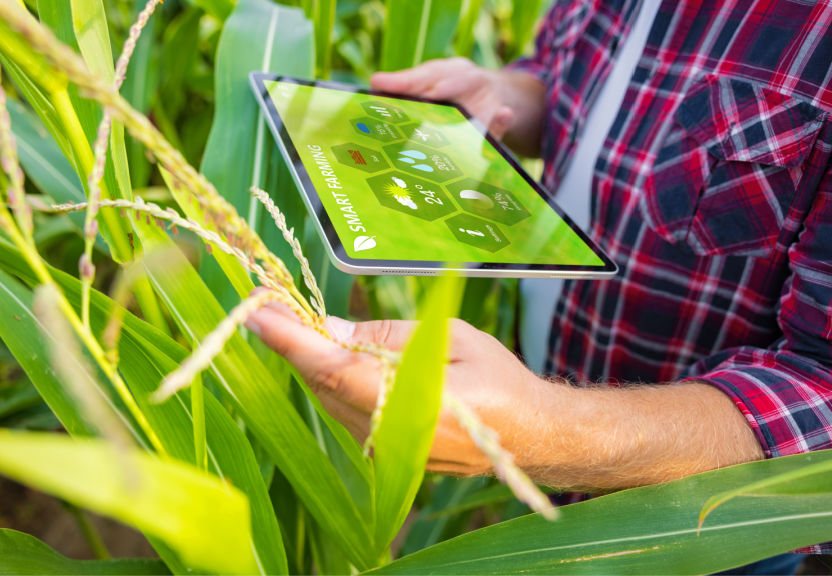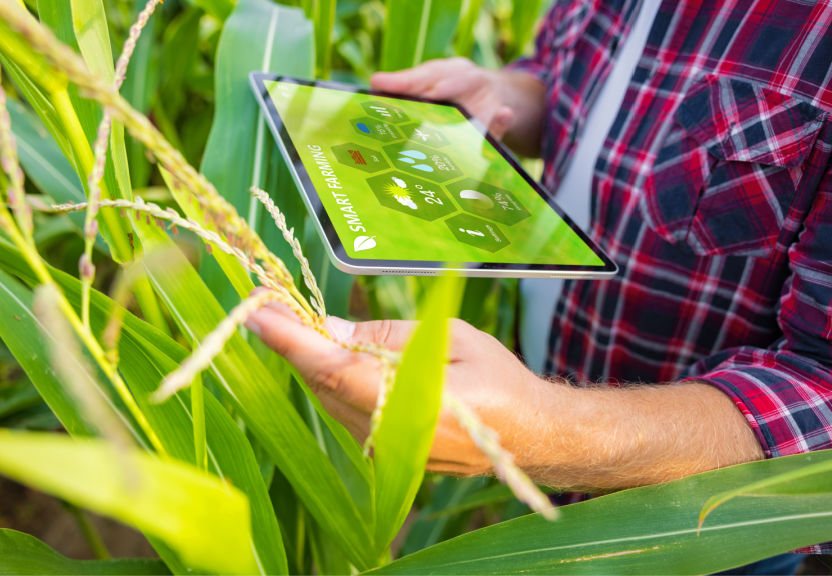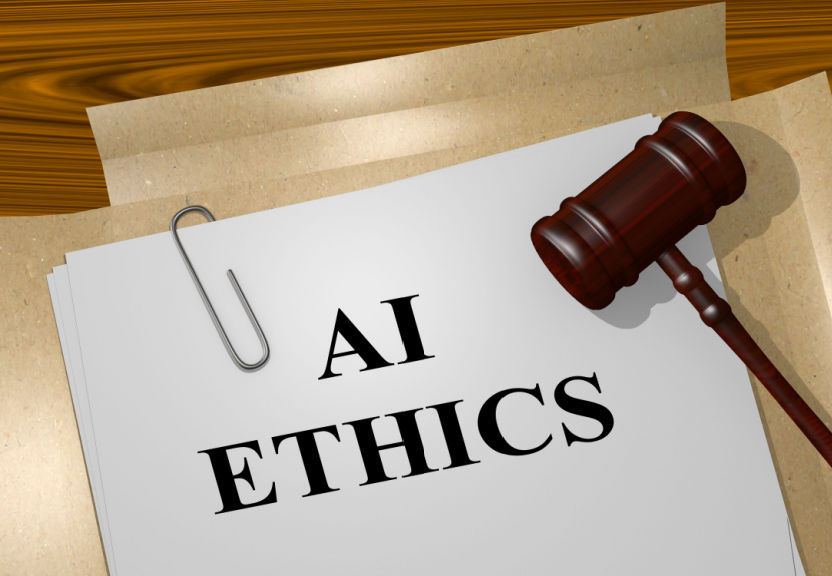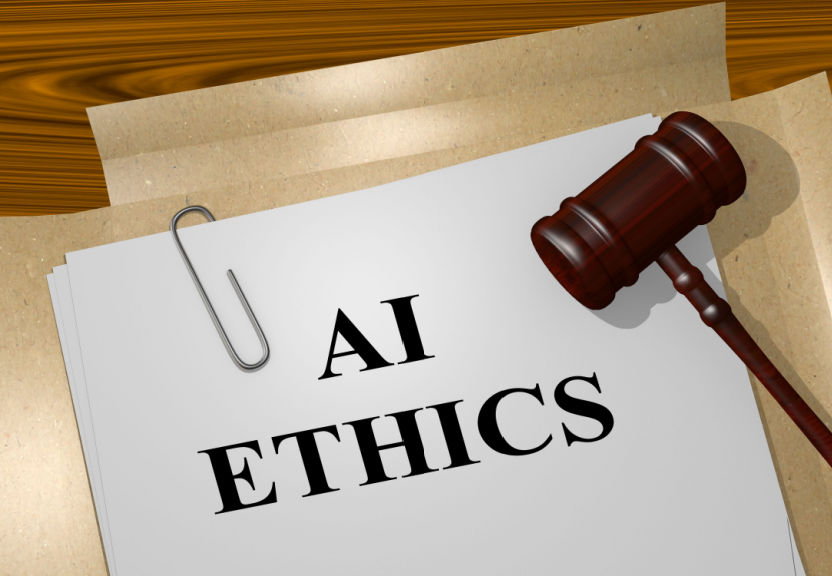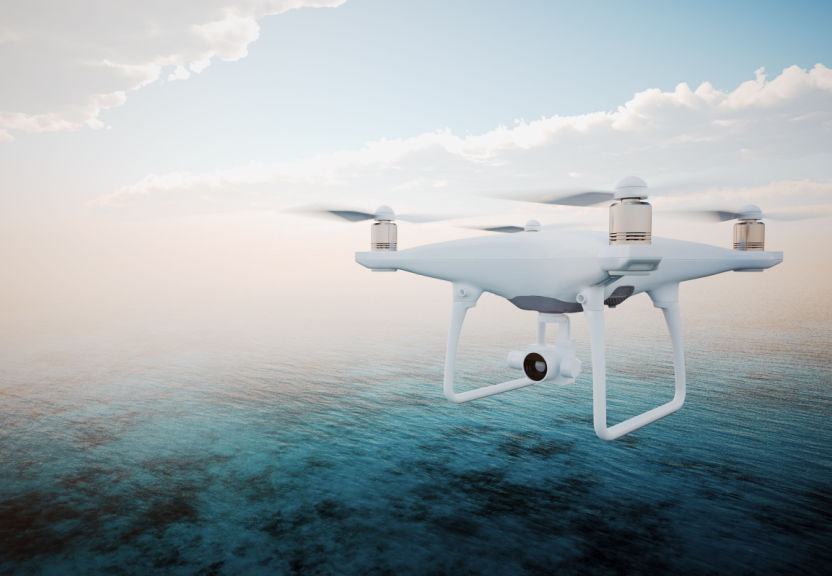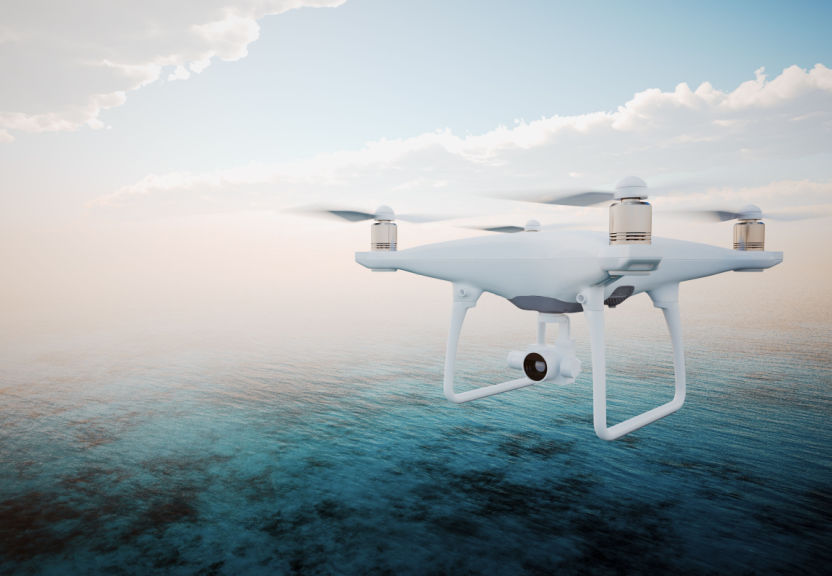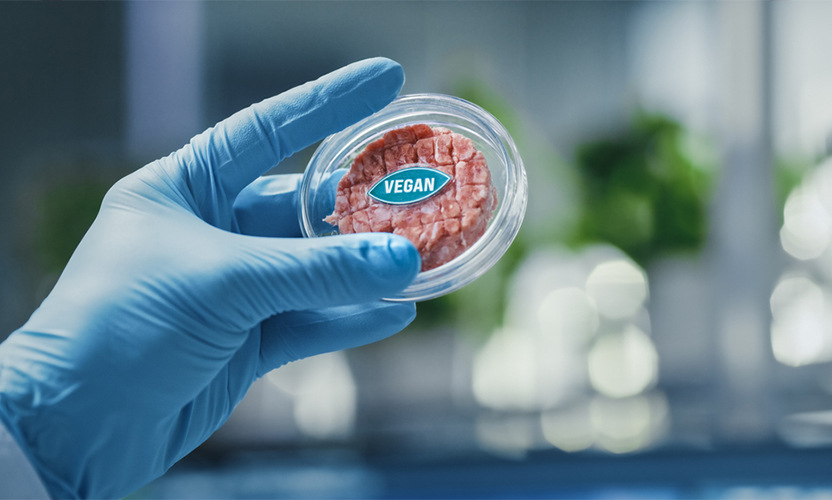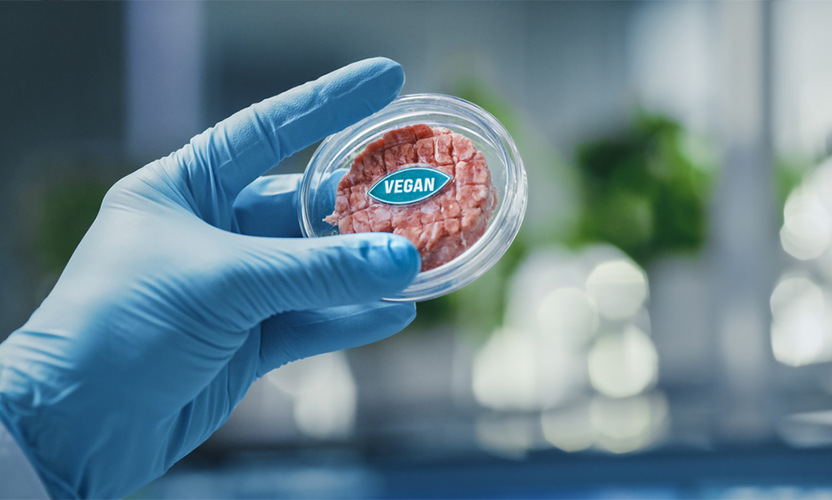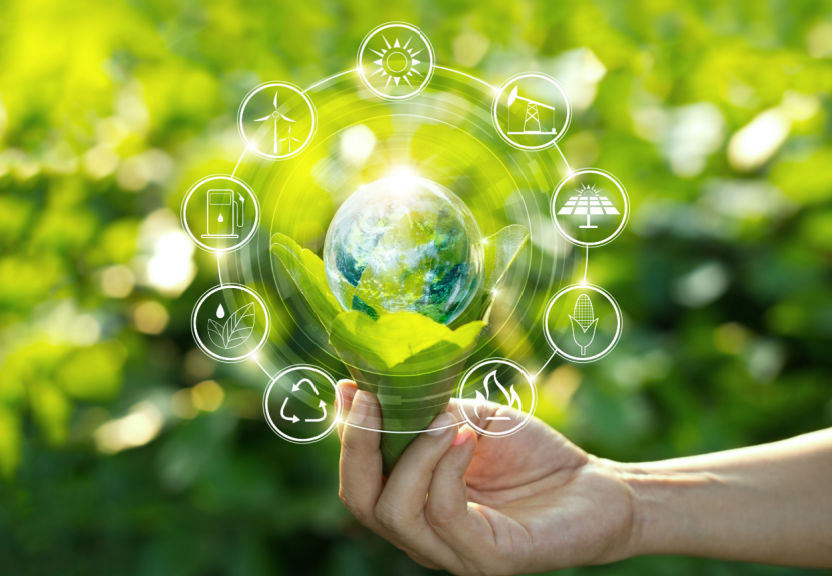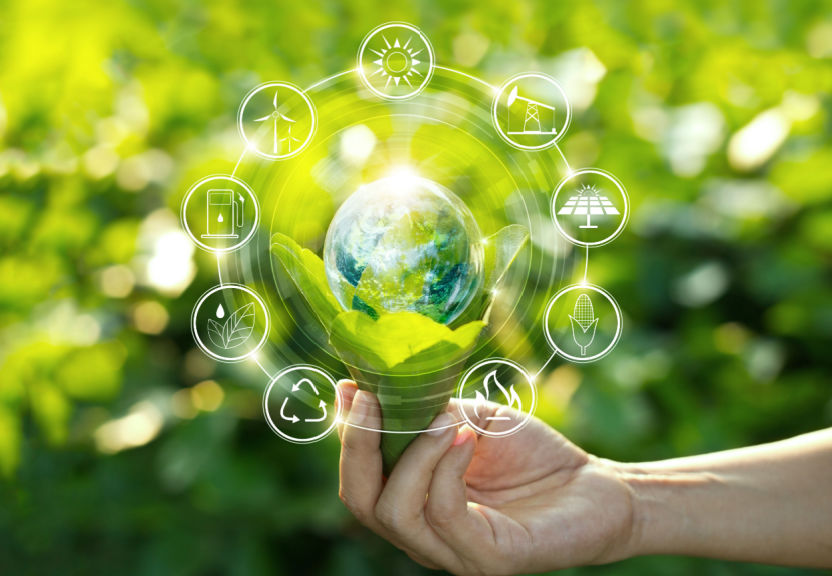The Future of Farming and Logistics
Drones, also known as unmanned aerial vehicles (UAVs), are rapidly becoming popular tools in the fields of agriculture and logistics. With their ability to fly and navigate autonomously, drones have the potential to greatly improve the efficiency and accuracy of tasks such as crop monitoring, mapping, and delivery. In this article, we will explore the use of drones in agriculture and logistics and the potential benefits and challenges of this technology.
One of the most significant benefits of drones in agriculture is their ability to improve crop monitoring and mapping. Drones equipped with cameras and sensors can fly over crops and collect data on factors such as plant health, growth, and water levels. This data can then be analyzed to identify areas of the field that may require attention, such as pests or diseases, enabling farmers to take corrective actions in a timely manner. Additionally, drones can be used to create high-resolution maps of fields and to detect crop stress, which can be caused by pests or lack of water or nutrients.
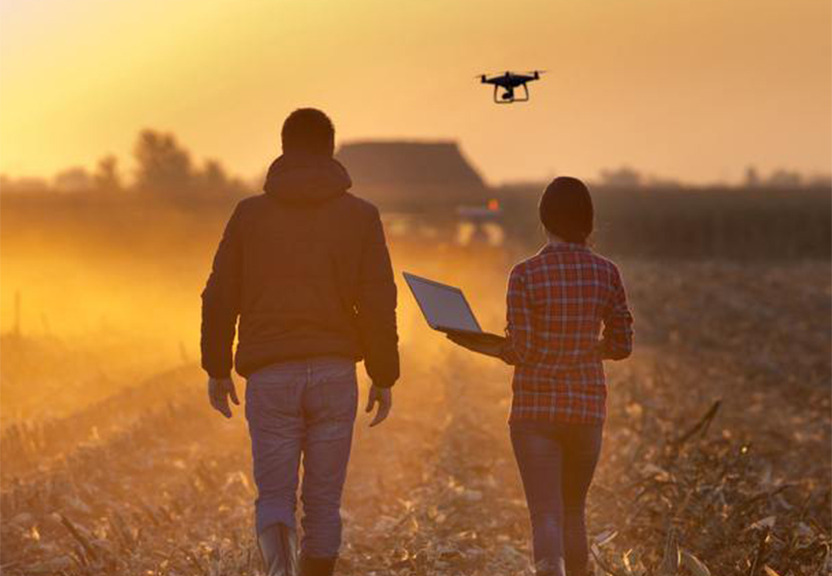
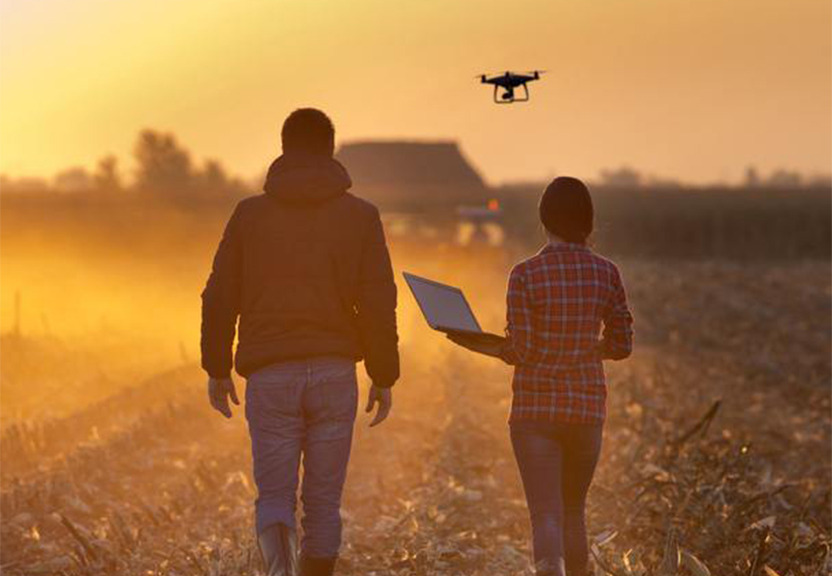
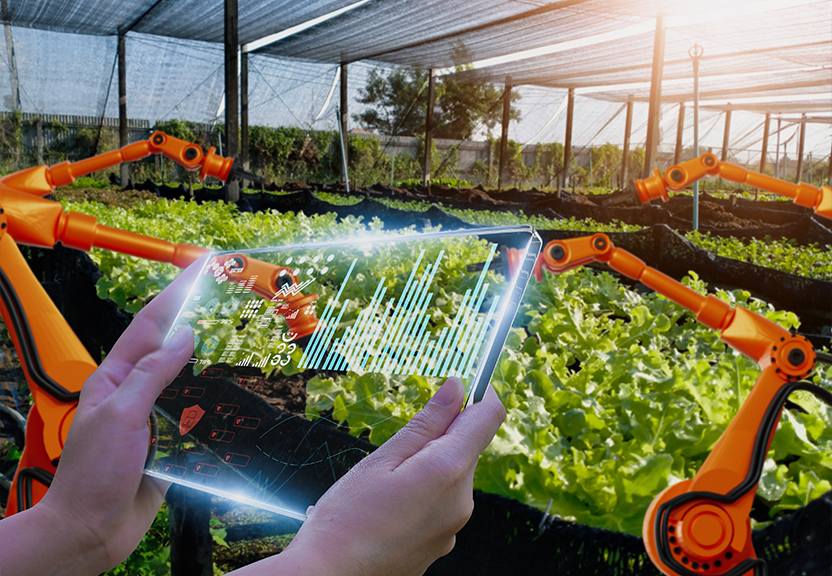
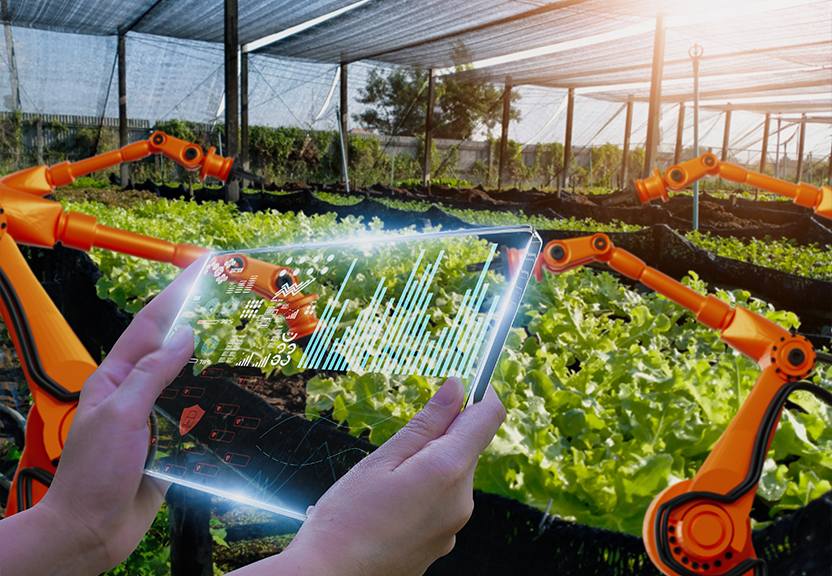
In logistics, drones can be used to deliver packages and goods to hard-to-reach areas or to make deliveries faster. Drones can fly over traffic, avoiding delays and reducing the carbon footprint of transportation. Additionally, drones can be used to inspect infrastructure and perform maintenance tasks, such as checking power lines and inspecting bridges, without the need to shut down the service or put workers in dangerous situations.
Despite these benefits, there are also challenges to the use of drones in agriculture and logistics. One major challenge is ensuring the safety and reliability of drones, particularly in terms of avoiding collisions with other aircrafts and obstacles. Additionally, there is a lack of standardization in the field, making it difficult for users to integrate drones into their operations. Furthermore, there are concerns about the privacy and security implications of drones, as they collect and transmit large amounts of data.
In conclusion, drones have the potential to revolutionize agriculture and logistics by improving crop monitoring, mapping and delivery, and infrastructure inspections. However, there are also challenges that must be overcome, including ensuring the safety and reliability of drones, addressing the lack of standardization, and addressing privacy and security concerns. Investing in research and development to address these challenges, as well as investing in education and training programs to prepare users to use drones, will be crucial to realizing the full potential of this technology in agriculture and logistics.
The articles and information within this website are my sole opinion and derived from my sole experience. They are meant for general information purposes only and is not meant to substitute professional dietary and/or health advice or treatment. If you have or suspect you may have allergies or medical issues which may be affected by certain foods, or have or suspect you may have any illness and/or disease and/or chronic ailment and/or other, you should promptly contact your health care provider. Any statements regarding diets and/or nutrition and/or health are to be used at your discretion and are not intended to diagnose, treat, cure or prevent any disease.




